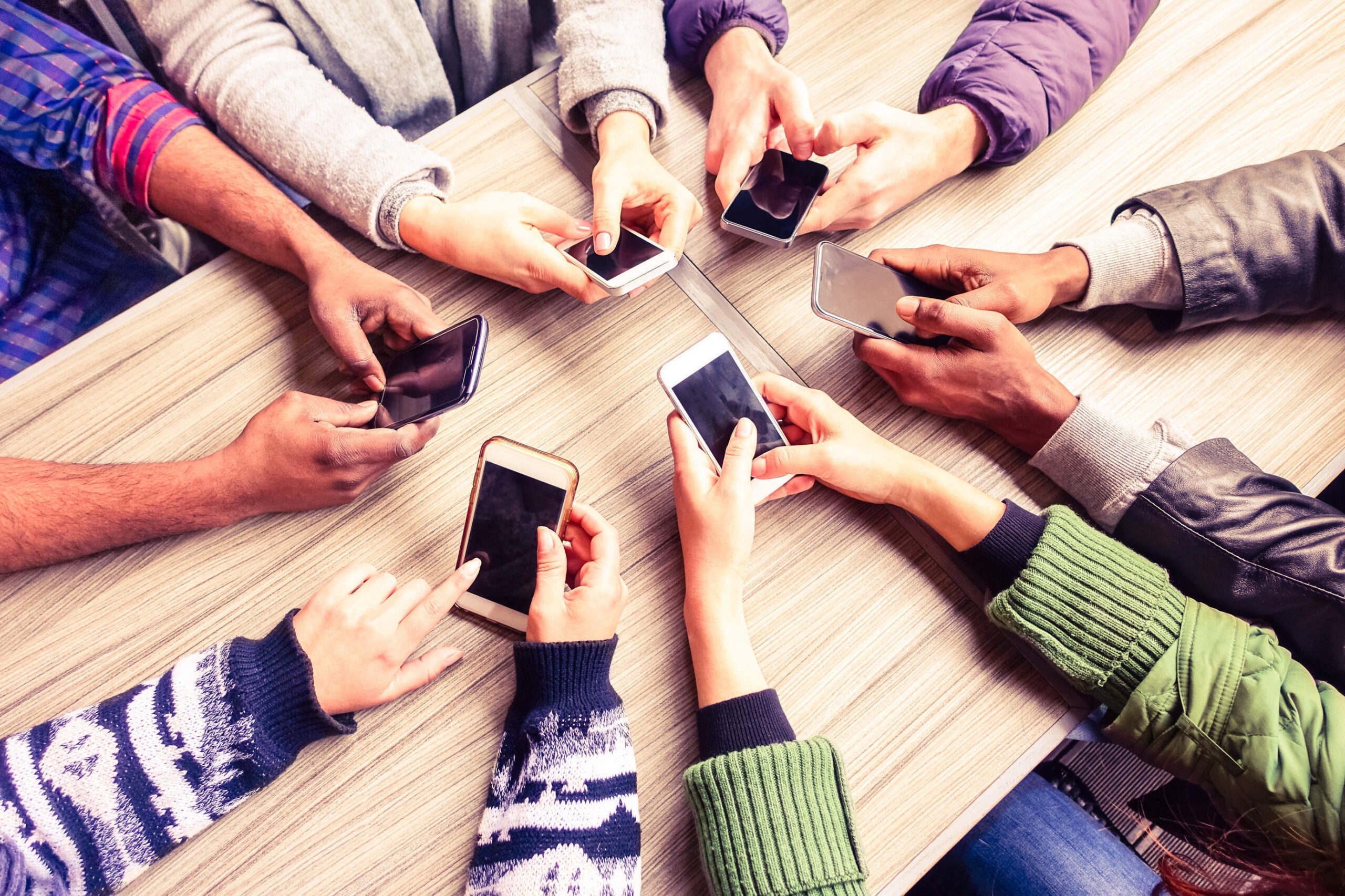
With high-quality cameras, impressive processing power and even facial recognition, modern smart phones are sophisticated pieces of tech.
The hype surrounding the launch of new smartphone models still exists, with Apple fans eagerly awaiting the launch of the new iPhone model, expected to be debuted at today’s Apple Special Event 2018 taking place at the Apple Park campus in California.
Unsurprisingly, the imminent launch has sparked speculation over how the new handset will look and what it will do. Several reports have predicted that the tech giant will launch three new versions of the iPhone X, including a cheaper model.
However, despite Apple selling 63 million iPhone X handsets since the model was launched, for the first time ever, smartphone sales appear to be stalling. Research company Gartner found that there was a 5.6% decline in global sales in 2017.
Some have attributed this to the slowing of the replacement cycle, with the capabilities of modern smartphones so sophisticated that innovation may have plateaued, leading consumers to replace them less often.
However, with the likes of 5G and the Internet of Things stretching the capabilities of the smartphone even further, what will the smartphone of the future look like and do? Five experts share their predictions.
How well do you really know your competitors?
Access the most comprehensive Company Profiles on the market, powered by GlobalData. Save hours of research. Gain competitive edge.

Thank you!
Your download email will arrive shortly
Not ready to buy yet? Download a free sample
We are confident about the unique quality of our Company Profiles. However, we want you to make the most beneficial decision for your business, so we offer a free sample that you can download by submitting the below form
By GlobalDataThe return of the flip phone?
With Apple predicted to launch its largest iPhone yet, with a 6.5-inch and end-to-end display, smartphones are increasingly designed with playing high-quality video in mind.
Although the flip phone may elicit early-2000s nostalgia, some predict that it may be reimagined to accommodate an even larger screen. With its own launch event, the Developer Conference, happening in November, Samsung has hinted that it may be debuting a smartphone with a folding display.
Professor in the department of telecommunication at the University of Florida Andrew Selepak believes the smartphone of the future is are only likely to get bigger:
“The future of smartphones, at least for the next few years, will be less like a phone and more like a tablet with bigger screens, better sound and cameras, faster processors and longer lasting batteries.
“In the near future, smartphones will look more tablets that fold out not to reveal a keyboard but a larger screen. This foldable display will give users a bigger screen to watch videos, video chat, and surf the web and social media. Phones have been getting bigger for years, and foldable display screens are the next step.”
However, as the lines between smartphone and computer are further blurred, Selepak predicts that smartphones could eventually disappear altogether:
“There are already rumours of different companies getting ready to release such a phone.
“We are still probably at least a year away from there being a quality foldable display phone, and probably a few years before it catches on beyond the innovators and early adopters.
“But once smartphones finally make the jump from phone to mini-computer, it is only a matter of time before smartphones are eliminated altogether and replaced by VR and AR technology that allows us to see what we are doing not on a screen, but through a projection.”
Phones will become thinner
What is clear from recent smartphone trends is that there is an increasing demand for thinner models.
President and Owner of SellYourMac.com Brian Burke believe that although the smartphone of the future is likely to be even thinner, its capabilities will not be compromised thanks to the cloud:
“Smartphones (and certainly iPhones) will become thinner until they are nothing but an LCD or piece of glass. There will be options for disposable/recyclable smartphones. Everything will be in the cloud as bandwidth allows for virtually limitless speed.”
A key part of the internet of things
With smartphones already capable of controlling many smart devices, executive director of the NFC Forum Paula Hunter believes that the smartphone of the future will be even more integrated into the Internet of Things (IoT).
This could be further utilised with the introduction of driverless vehicles, with Huawei recently announcing that it had used an AI-powered smartphone to operate a driverless car.
Hunter said:
“In the future, smartphones will be essential for the smart home/building, smart cars, etc.
“NFC [near field communication] will be used to connect, commission and control IoT devices at work and around the home. Your smartphone will be used to adjust the thermostat in your home; start your car; access home healthcare information; adjust lightening; connecting to a WiFi network; control an appliance; access your home; pair with a Bluetooth device and more.”
The display could become holographic
With the first holographic smartphone, the RED Hydrogen One, expected to be released sometime this year, a holographic display could be commonplace in the smartphone of the future.
According to research by reportsweb.com, the global holographic display market could reach $12.7bn by 2025.
Director of Technical SEO at The Tombras Group Jonathan Poston believes that this will enable smartphones to “blend” into an environment:
“There is no question where it is heading, which all boils down to less, and more natural. Less in terms of lighter, fewer steps to get things done, and generally operated largely by voice. More natural in terms of a design that blends in with the environment, connecting the user more to the space and activity they choose, rather than compromising the moment with an interruptive phone.
“What will it look like? It will blend into the individual’s environment, and thus look like part of the atmosphere, a piece of you. How that translates will likely be a thinner, and thinner version of hardware, until the interface becomes holographic, and the hardware is mounted into the surrounding. Only when travelling away from infrastructure, will a carryable be needed.”
Are new features a gimmick?
Chinese smartphone manufacturer Nubia Alpha has released a prototype for a ‘wearable smartphone’ a flexible OLED screen that can be worn around the wrist. This is one of many companies working to radical overhaul the smartphone.
However, some believe that smartphone design has already had its heyday, and although the capabilities of the software will change, the overall design of the smartphone of the future will not be dramatically different from what we know today.
Mobile technology expert at G2 Crowd Alan Santillan said:
“The smartphone market has matured. Manufacturers have to resort to gimmicks and tricks to pull buyers to their niche products. This is because of the slowly closing gap in terms of performance between high end and low end smartphones.
“The future of smartphones, in which the display is maximised and thickness minimised, is already here. Design changes do not seem to be trending towards anything more than marginal improvements.”




